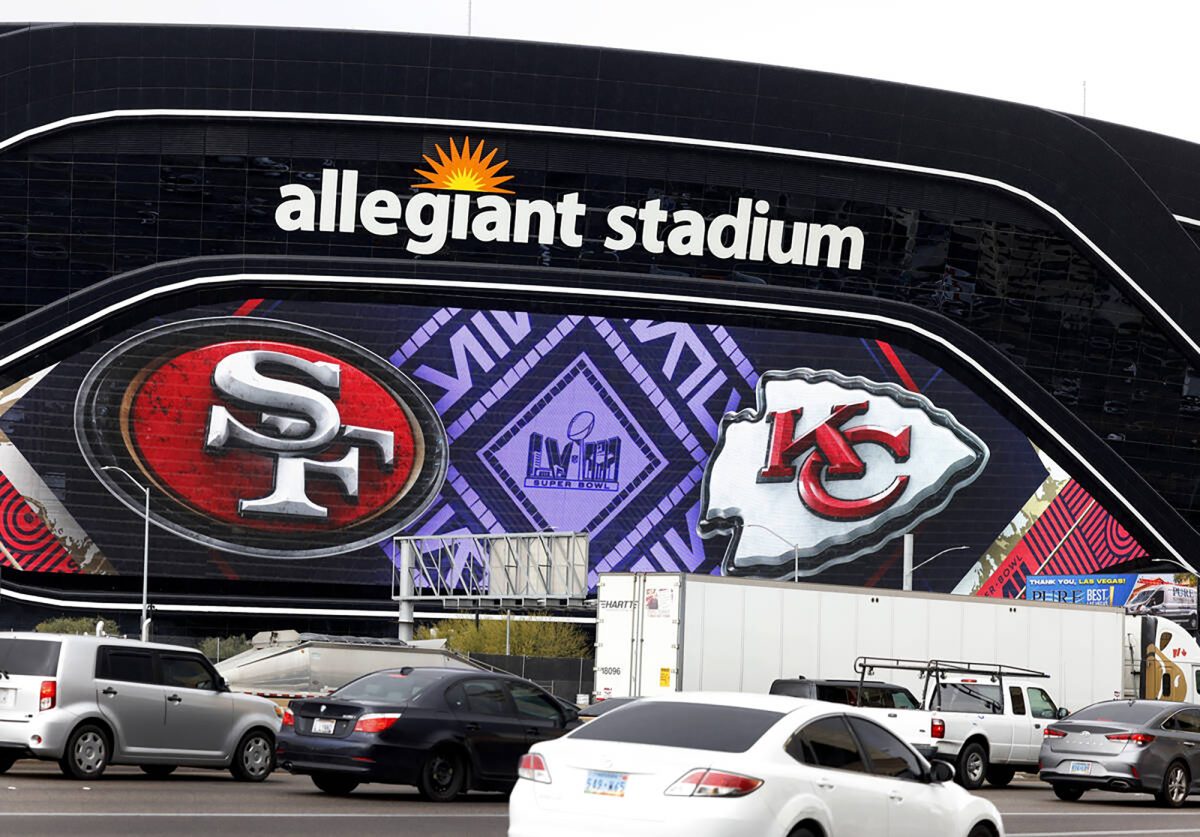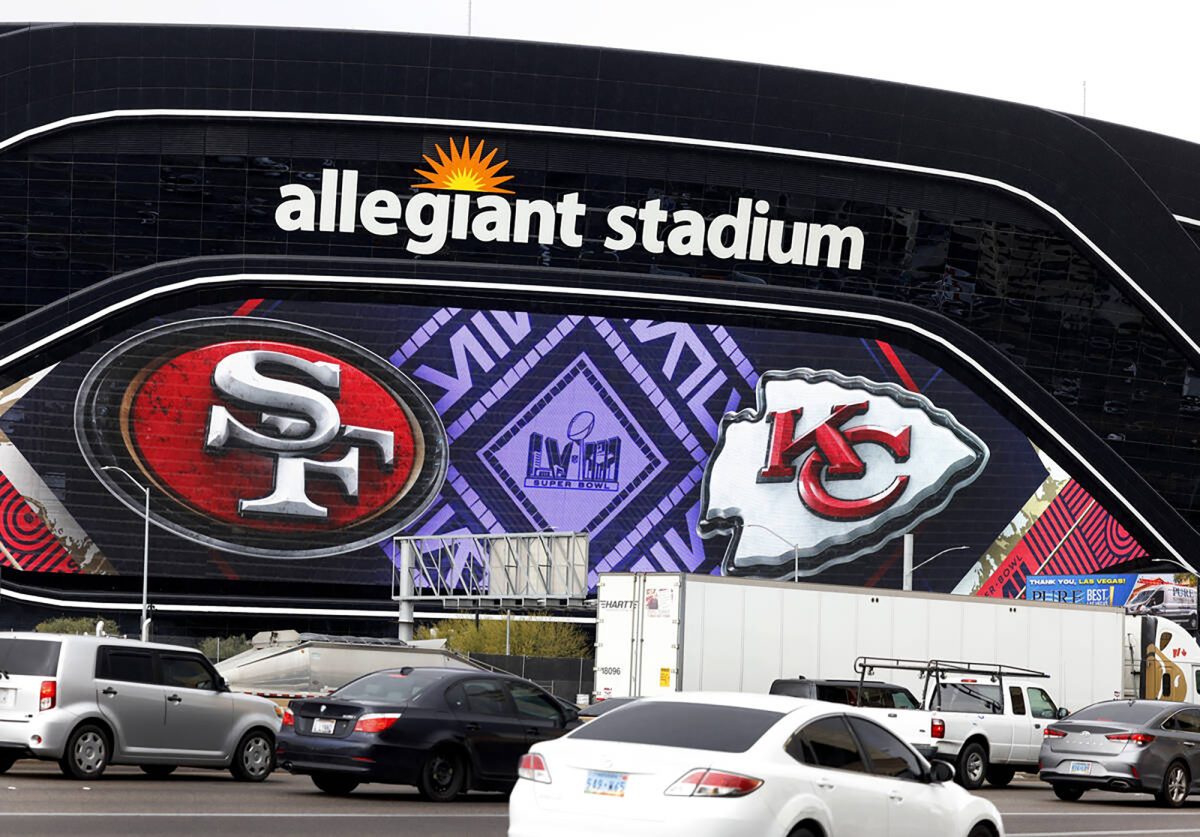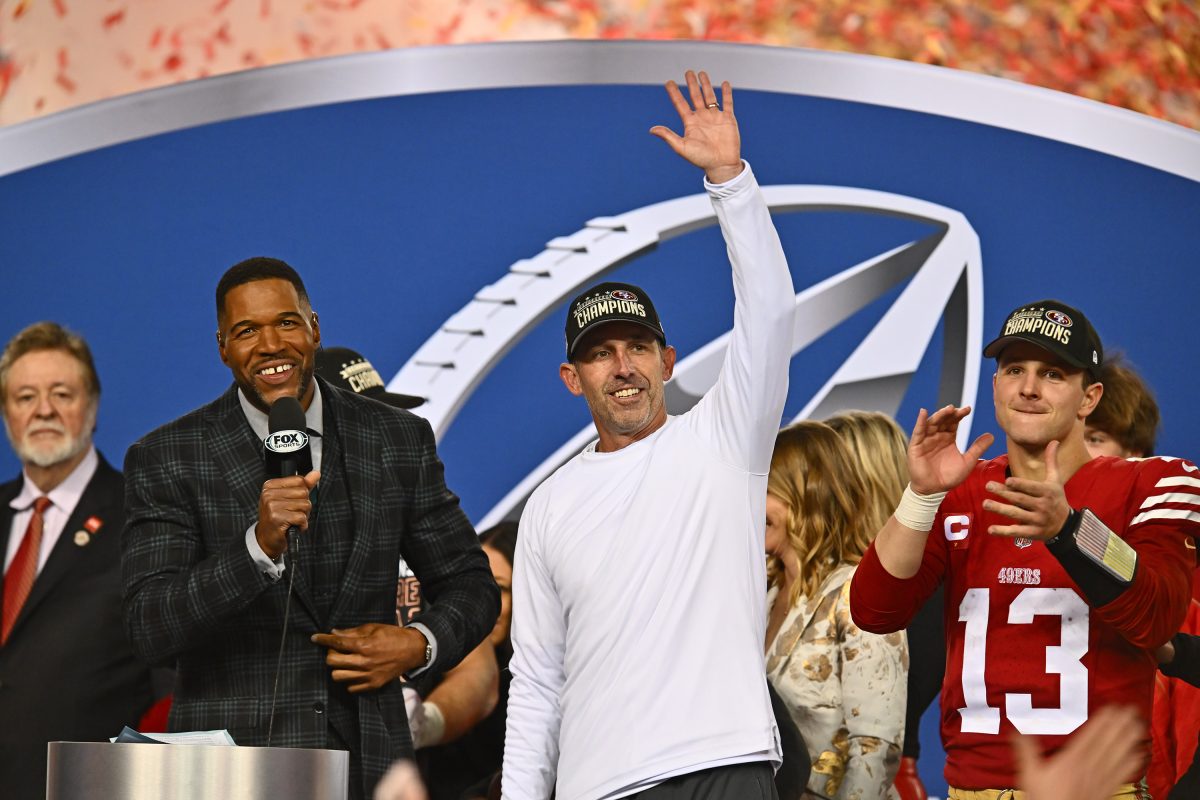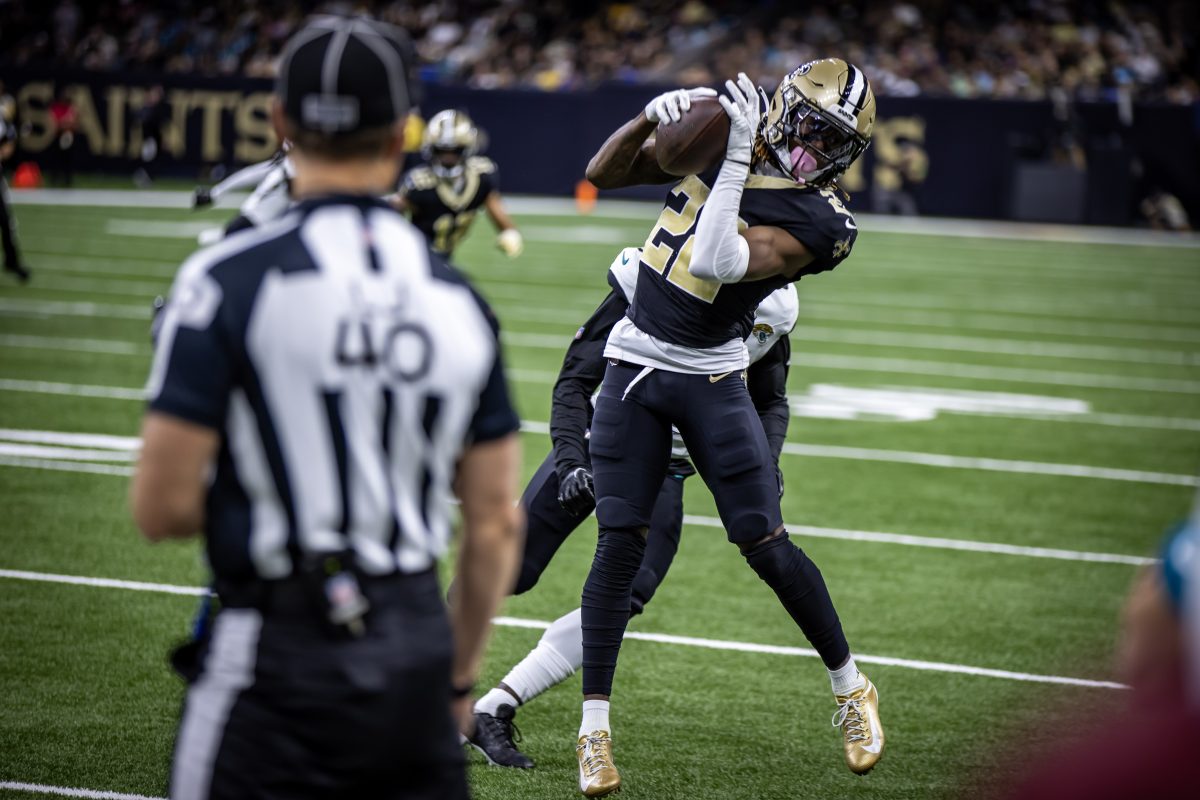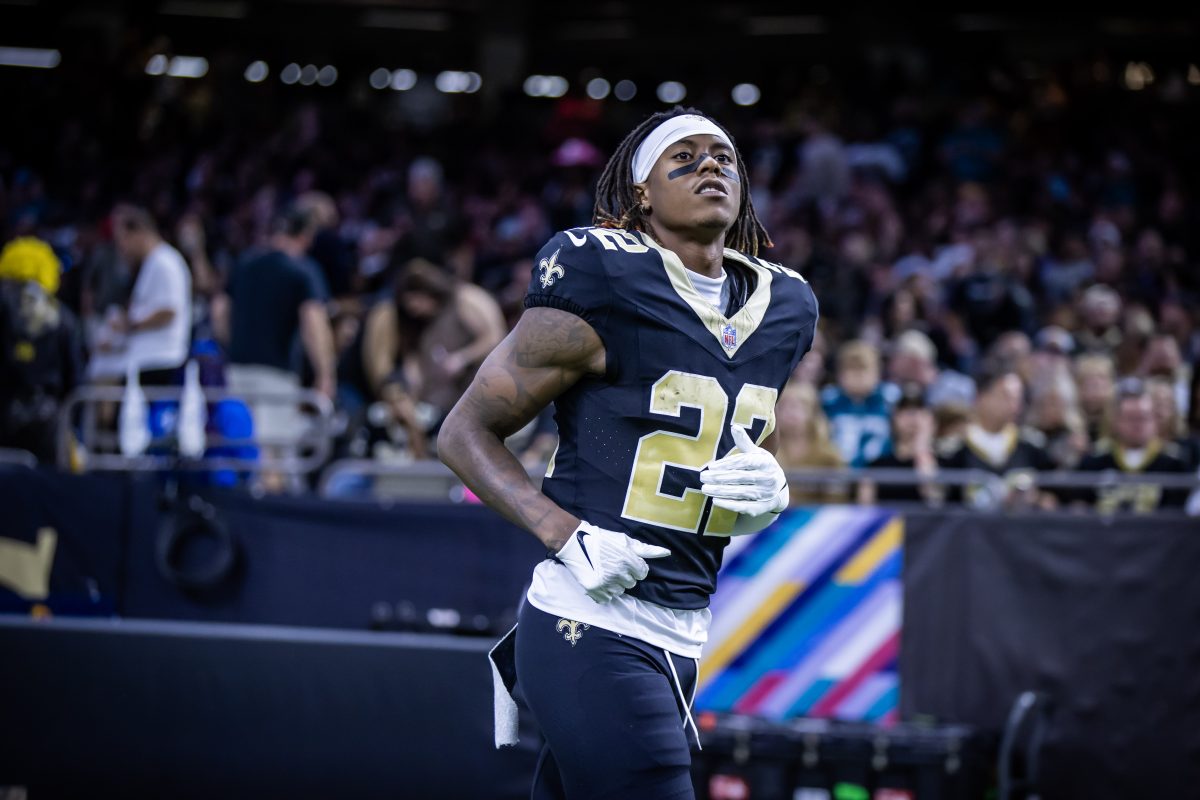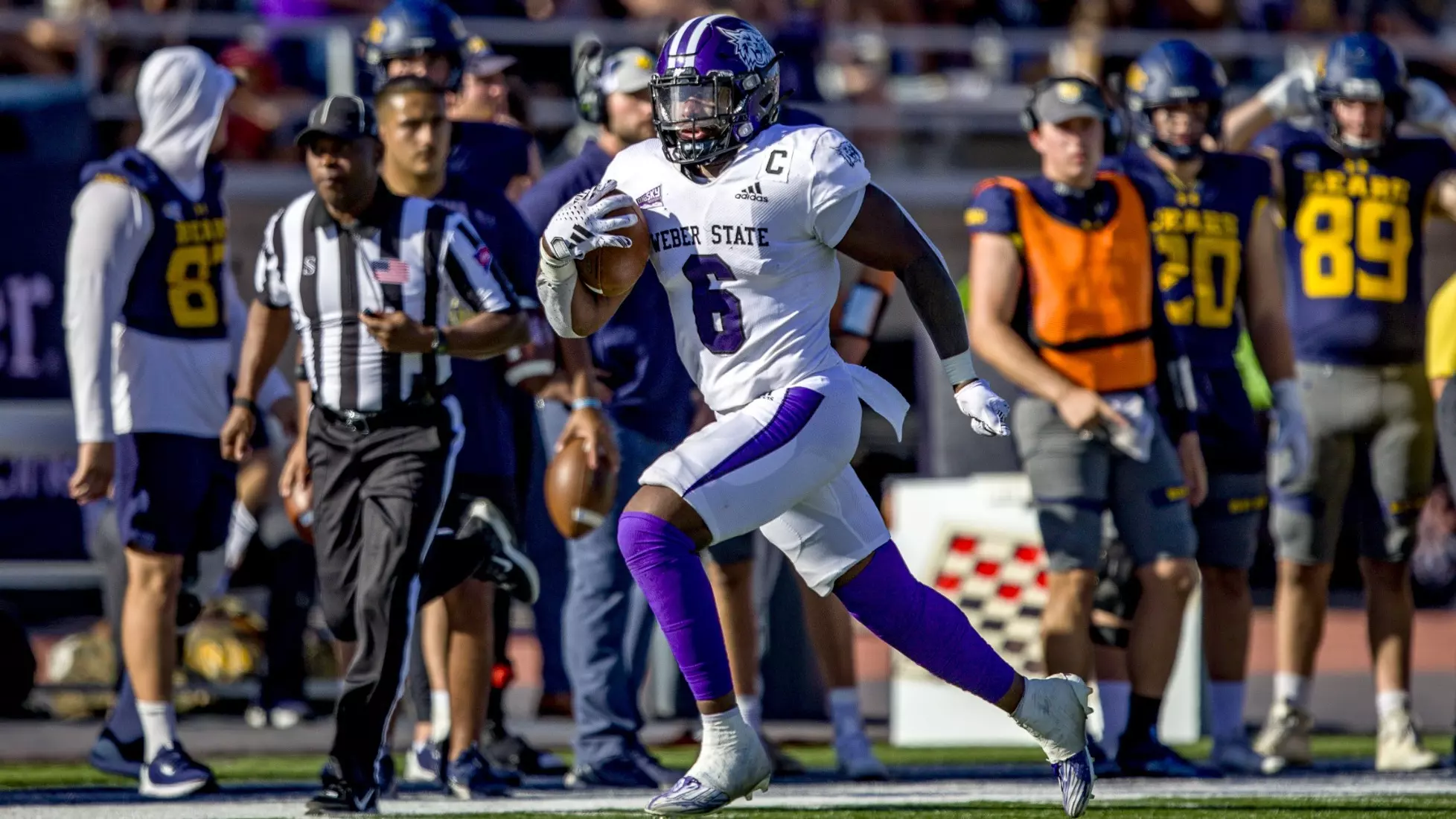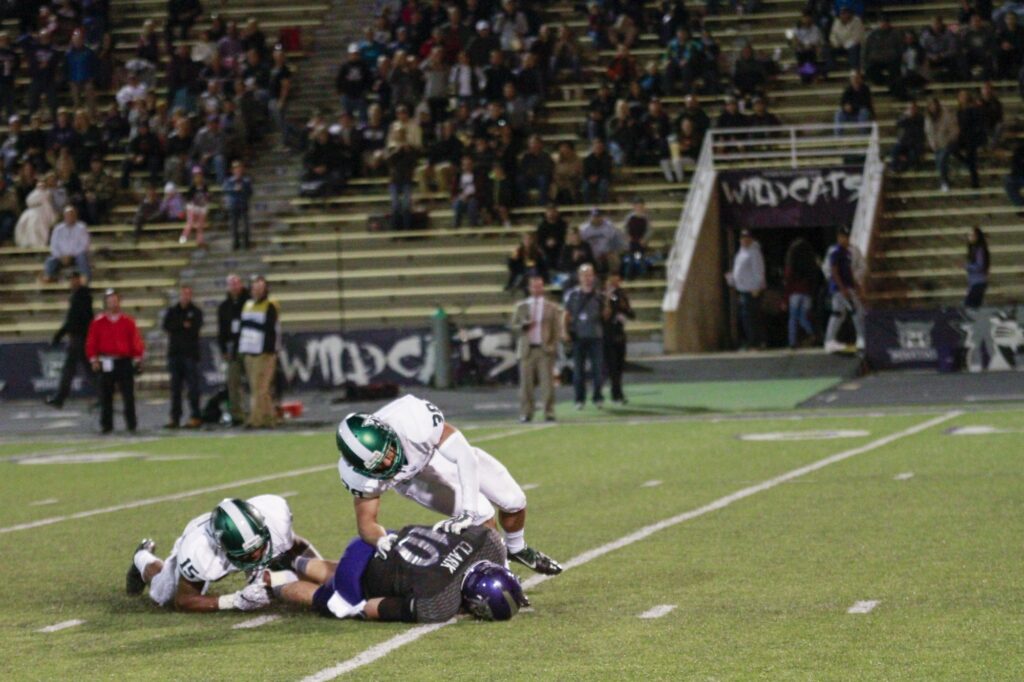
Football has come under scrutiny in recent years due to research on concussions during the games and their impact’s effects on participants.
According to the NCAA, concussions make up 7.4 percent of all injuries to college football players. In the NFL, concussion cases have been up 58 percent from last year.
Talon Bird, an athletic trainer at Weber State University, said concussions occur when the body or head receives a blow violent enough to cause the brain to shake.
The NFL and NCAA have allotted millions of dollars to researching the effects of concussions and how to further prevent them. Changes in rules and regulations have also been made to help reduce the number of concussions.
The NFL found that more concussions were occurring during kickoff returns. They moved the kickoff line forward five yards and also changed the touchback location to the 25 yard line instead of the 20 yard line.
The NCAA has put emphasis on a penalty called targeting. This is called if a defensive player appears to target an offensive players head during a tackle.
If targeting is called, the play immediately is placed under review, and the referees determine if they want to uphold the call or not.
If referees uphold the call, the offending player is ejected for the rest of the game and is forced to sit out the first half of the next game.
In both NFL and college play, a positive concussion diagnosis results in that player entering a concussion protocol.
Bird said if a concussion has occurred, the brain becomes more sensitive to damage, therefore it is important to get the players correctly diagnosed to protect them from further damage.
A push for preventative action has been answered with advancements in helmet technology.
Grant Duff, the director of football operations at WSU, said that Stanford University pioneered the effort to improve helmet technology.
Stanford developed a mouthpiece and helmet that has built-in sensors which measure the impact of hits the players are taking. With this information, the average level of impact a player can receive in order to experience a concussion can be determined.
“Obviously, every player is different,” Duff said. “But if we can see that they received a hit that has caused concussions in the past, we can pull them to the side and immediately evaluate them to ensure they’re safe.”
Duff also said that a company named Vicis is bringing the next big landmark in helmet technology.
Vicis is working on a new helmet called the Vicis Zero1. On the Vicis website, they state, “We’re developing new football helmet technology…that is showing significant reduction in impact forces. We are using our expertise in medicine and engineering to protect young athletes.”
Their helmets are made with a soft shell instead of the traditional hard shell. They call the new outer shell ‘The Load Shell.’
“(Our helmets) absorb impact load by locally deforming, like a car bumper. Automotive safety engineers have used local deformation to protect people for decades. We’re the first to bring this proven innovation to football helmets.” Vicis says.
Inside the helmet, there are memory-foam like column structures that move omnidirectionally to reduce linear and rotational forces.
The outer shell and interior structure work together to reduce impact forces and keep the head more stable and secure during a hit, which should reduce the number of concussion occurring in the sport.
While both the sensor helmet from Stanford and the Vicis Zero1 helmet are revolutionary, and would be sure to help the cause in preventing concussions, we likely won’t see either in the sport for years.
The cost for each helmet is estimated at 1,500 dollars, which is extremely high compared to the main competitor, Riddell, who’s helmets cost anywhere from 200 to 400 dollars.
According to The Seattle Times, the Washington Huskies are the only team in college football wearing the new Vicis helmet.
If the results for the Huskies are positive, then other programs will likely have to determine if the benefits outweigh the cost in ensuring their players’ safety.



